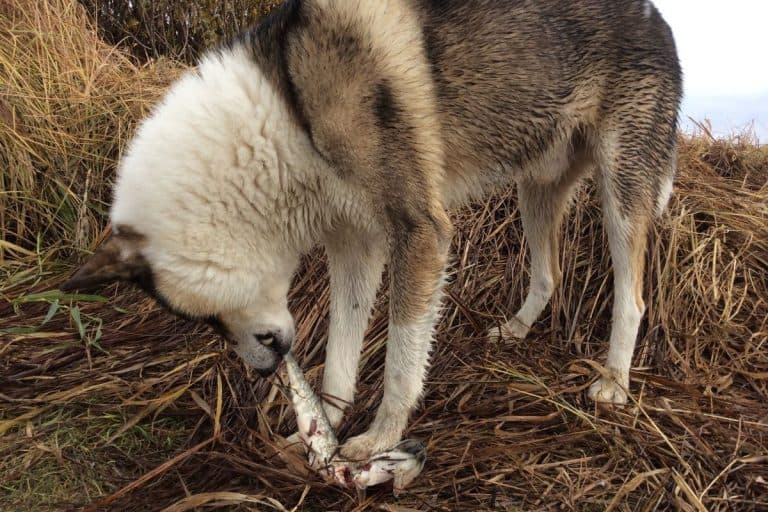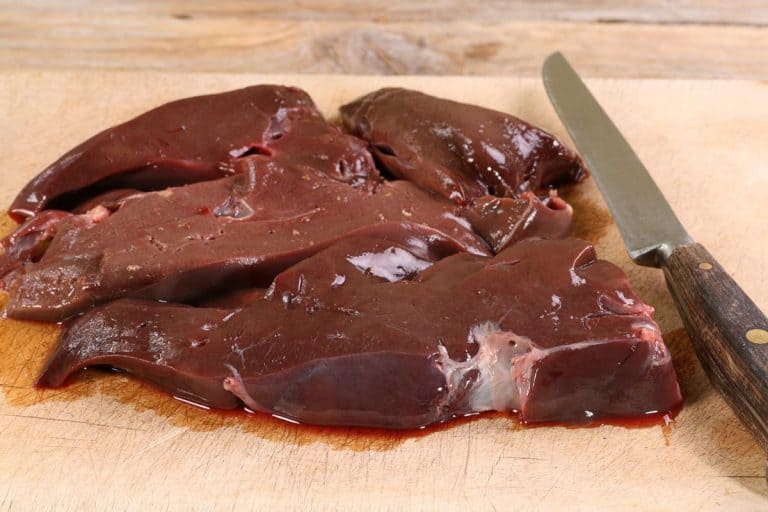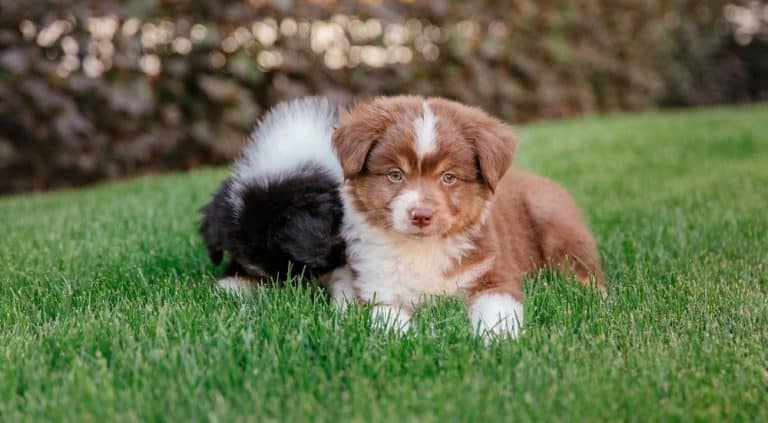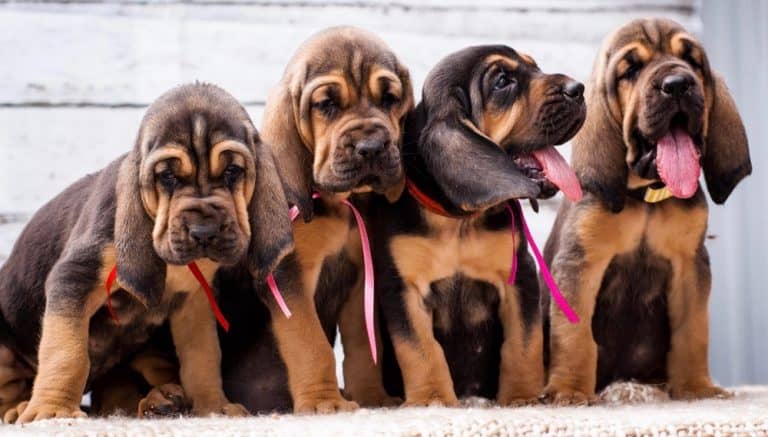Great Dane Growth Chart (Weight & Size Chart) – How Big Do Great Danes Get?
You already have the tallest dog breed in the world—so why would you need a Great Dane growth chart?
However, if you’re a first-time owner of this type of dog, you might have the question, “How big do Great Danes get?”.
This is totally normal! Especially as puppies, their impressive, quick growth spurts can mislead you.
However, knowing a bit more information about when a Great Dane will stop growing can help prepare you for what’s to come so you can help control their diet and exercise.
When Do Great Danes Stop Growing?
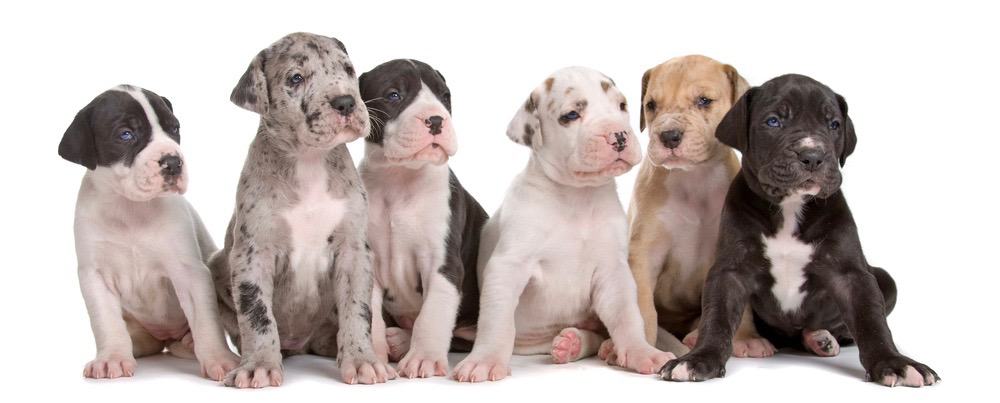
Fortunately, if you get a Great Dane as a pup, you’ll be able to monitor their growth through a specific growth schedule so you can ensure everything is going as it should be!
But for the answer to the most important question—when do Great Danes stop growing? Well, this “puppy” typically slows down with his or her growth around 18-24 months, both in height and in weight.
Full height is typically reached around a year and a half, while the pup can still pack on the pounds well into his or her second year.
Great Dane Size Chart
We’ve included a Great Dane weight chart that you’re now able to access so you can monitor your Great Dane’s weight more carefully.
This can help you see whether or not your dog is growing and developing as he or she should!
When your dog goes to visit his or her vet, they’re going to be measuring the height and weight of your Great Dane anyways—however, it’s always a great idea to do so at home to have a record.
For the weight and height chart below, you’re able to see the column on the left, solely dedicated to the age of your Great Dane.
As you move across the Great Dane growth chart, you’ll then be able to estimate how heavy they should be at the stage and how tall they should be as well.
Most adult Great Danes reach their full height at one year old. Although they technically tend to gain weight long after that first birthday, you’ll be happy to know that they’re not going to grow any taller!
However, as their insides solidify and get more and more structurally sound, the weight will most likely shift.
You might notice that your Great Dane will get just a bit taller during this time—this is normal! However, don’t expect them to have any major growth spurts after the first year.
Please use the chart below to monitor the development of your Great Dane.
Great Dane Weight Chart
| Age | Weight | Height | |
|---|---|---|---|
| Birth | 1 – 2 lbs | Not Applicable | |
| 1 Week | 2 – 3 lbs | Not Applicable | |
| 2 Weeks | 3 – 5 lbs | Not Applicable | |
| 3 Weeks | 4 – 7 lbs | Not Applicable | |
| 4 Weeks | 5 – 8 lbs | Not Applicable | |
| 6 Weeks | 10 – 20 lbs | Not Applicable | |
| 2 Months | 18 – 26 lbs | 13 – 18 inches | |
| 3 Months | 30 – 45 lbs | 17 – 23 inches | |
| 4 Months | 45 – 65 lbs | 21 – 26 inches | |
| 5 Months | 60 – 85 lbs | 23 – 30 inches | |
| 6 Months | 70 – 105 lbs | 26 – 33 inches | |
| 7 Months | 75 – 110 lbs | 27 – 34 inches | |
| 8 Months | 80 – 120 lbs | 27 – 35 inches | |
| 9 Months | 85 – 125 lbs | 28 – 35 inches | |
| One year | 90 – 140 lbs | 29 – 36 inches | |
| Full Grown Male | 135 – 170 lbs | 33 – 36 inches | |
| Full Grown Female | 110 – 145 lbs | 30 – 34 inches |
How Height Is Measured For A Great Dane
Especially due to your dog’s large size, you might not be able to measure your dog’s height with a ruler or in the same way you would with a tiny pup.
When your dog is quite small, keeping them in one place is hard enough to be able to measure their height. However, fortunately, weight is much more important than height to track development and progress.
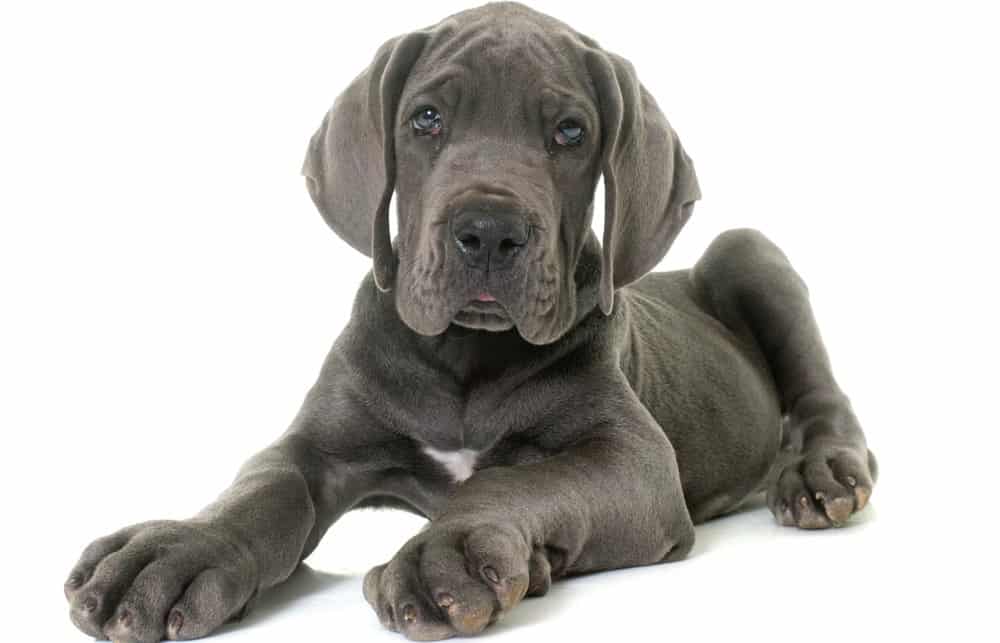
So, how do you do it? You might have heard that the Great Dane is measured from the bottom of their paws up to the tips of those perky ears.
However, the right way to do is to measure from the bottom of their paws to the highest peak on the shoulder blades.
If you’re trying to measure the height of your Great Dane on your own at home, you can get an accurate reading similar to how you would do it with your human child—by having him or her stand against a blank wall.
The important thing here is that your pup stays still—which can be prompted with treats.
Make sure the measurement is taken at the top of the withers, which is the ridge between the shoulder blades—which is considered the tallest point of the body of a dog or a horse.
Once you make that mark, you can measure from the floor to that mark—and you’ll have your height measurement!
Great Dane Growth Chart – What to Expect
As your pup grows, there are certain things to expect in every stage of development.

Stage 1: Birth – 2 months
At the newborn stage, your Great Dane is going to be a pretty cute—but pretty big “puppy”. At this stage of development, you can expect your puppy to reach up to 42 cm in height, which is almost 17 inches!
Although you might feel like you’re missing out on the puppy stage here since you have a rather large dog breed, they’re still going to be pretty darn cute with those big paws and ears to grow into!
You can also expect your pup to weigh around 39 lb all the way up to 57 lb—or 18–26 kg!
Stage 2: 2 months – 5 months
Once your Great Dane reaches five months, he or she should be at around 50 percent of their full height and weight. You can expect them to be around 27 inches in height (over 2 feet!) and weigh up to 80 lb in weight!
Stage 3: 5 months – 8 months
At this stage, your Great Dane will be almost at full growth, around 80 percent of his or her height and weight.
You may feel like you have a human child at this point—since they should be weighing around 58 kg, which is about 127 lb.
They should also be as tall as 75 cm, which is around 29 inches—not much taller than where they were a few months ago in Stage 2.
Stage 4: Adult
As a fully-grown adult, your Great Dane should be around 80 cm or 31 inches tall and can weigh up to 70 kg or up to 154 lb! Like we mentioned before, this is going to be a big dog—so be prepared!
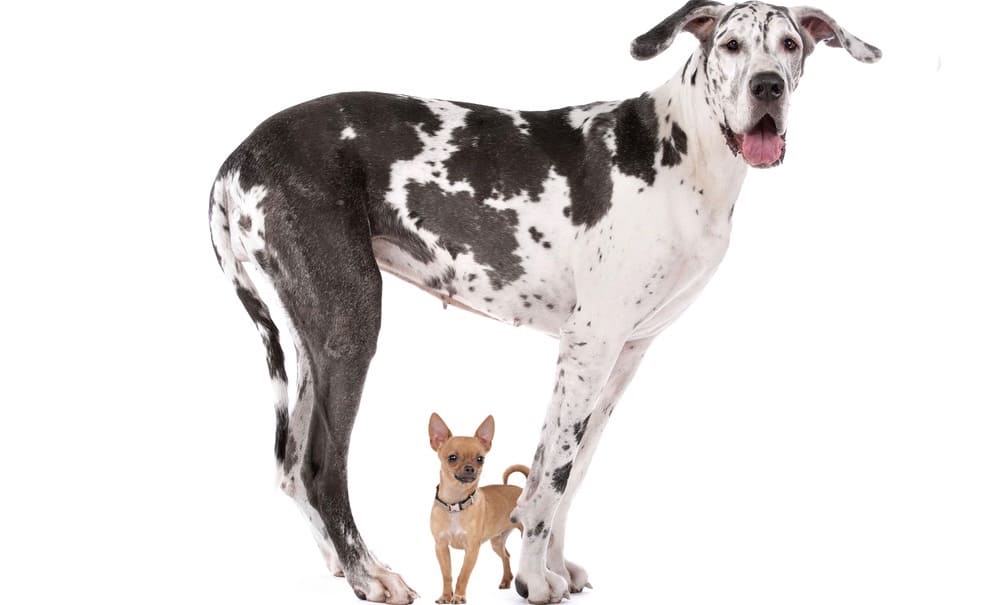
How Big Do Great Danes Get?
Great Danes are quite small when they are puppies, so you may be anxious to know how big do Great Danes get. Great Danes are known to have growth spurts at certain stages of their development.
You can look at the Great Dane size chart for an estimation of how big your Great Dane will be. But this is not a hard-and-fast solution because there are many factors that determine the size during development.
One of the best ways to predict the size of your Great Dane would be to consult your breeder and ask him about your puppy’s parents. Genetics play a major role in the size of your Great Dane.
Chances are that your great Dane puppy will turn out to be the average size of both his parents.
Another way that you can predict the size of your Great Dane is to look at his paws. It is common for puppies to have large paws that they will grow into, so when you see a small puppy with large paws, you know that he has quite a bit of growing to do.
DNA tests are also a method that can be used to predict the size of your Great Dane because many of the so-called pure-blooded breeds are not what they seem.
A DNA test can tell you be exact parentage of your Great Dane in terms of his breed, which will give you a clearer idea about his size.
What If My Great Dane Is Too Small
If this is your first time owning a Great Dane or if you’ve noticed that this particular puppy isn’t hitting those height target points when it comes to their height, then don’t be alarmed!
Speak to your veterinarian if you do have any extra concerns. However, when it comes to height, your Great Dane is most likely pre-determined by their parental lineage. If you do have information available about your pup’s fur-parents, this can help ease any concern you may have about how tall he or she is going to grow.
There are some specific foods you’re able to give to your dog to help them reach their full height—however if this “full” expected height is on the shorter side, there’s generally nothing you can do!
Will Neutering/Spaying Affect My Great Dane’s Growth?
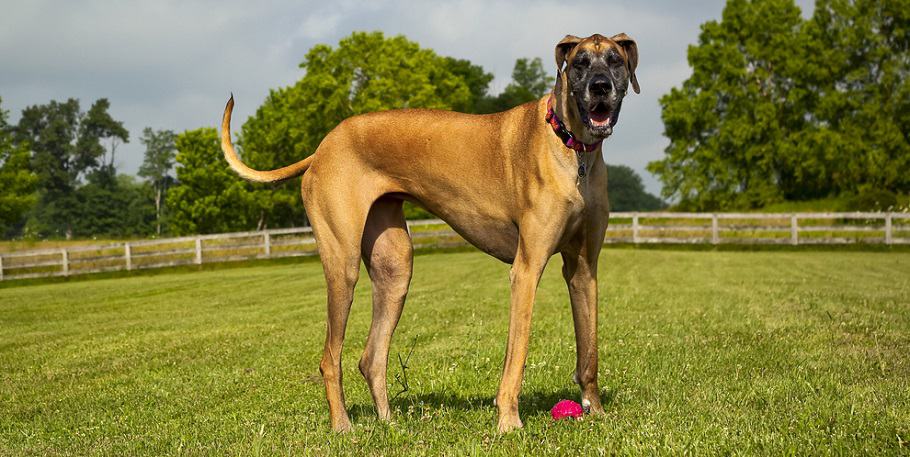
The best time to have your Great Dane neutered or spayed is when they have reached at least one year old. This is because, at this stage, the testosterone that is in his system has already done some of the work that needs to be completed.
Testosterone has an effect on the growth of your Great Dane. After this, it is safer for him to be neutered, which will alter the levels of testosterone in his system.
For female Great Danes, you can expect that they would have experienced their first heat cycle sometime within the last few months. They usually first go in heat at around 6 months.
It would not be a good idea to have them spayed while they are in heat. But after the first heat cycle, it is okay to do this.
The benefits of neutering and spaying are that it works to prevent your dog from developing certain cancers and for male dogs it may help to lower the risk of prostate disease.
There are also the obvious benefits of eliminating unwanted puppies, as these come with responsibility and cost for the owner. Not to mention the risk of giving birth for your female Great Dane.
It may also stop your Great Dane from roaming the neighborhood or running away. It also gives some dogs a better temperament.
With every surgery comes risk, and the risk of spaying and neutering surgery is no different. Ultimately there is a certain amount of risk that your Great Dane must be subjected to. There is also special care that must be taken when they are in recovery.
What Is A Great Dane’s Neck Size?
It is easy to buy be incorrect size all collar for your Great Dane because he is a giant breed. For this reason, you should understand how to measure his neck size at every stage of his development. You need to ensure that his collar is not too slack nor too tight.
Measure your Great Dane’s neck size by play sing a soft measuring tape around his neck exactly where the collar will be. Next, you need to slide two fingers between the tape and your dog’s neck and record the measurement that are you are holding.
Great Dane Body Condition Score (BCS)
The body condition score is used to measure the body fat of pets. In other words, it is what we use to measure pets’ BMI. It is an important task because it can direct the owner to a level of weight management that would otherwise be impossible.
It looks at the silhouettes of your Great Dane from the side and above and pays special attention to the ribs, waist, spine, abdomen, overall fat covering, hip bones, and muscle mass. Great Danes are known to be lean dogs, so when you look at them, you should be able to clearly view their waistline.
For a Great Dane, a normal BCS scoring would be 3. And this is described as a Great Dane who has a muscular appearance and their ribs and spine are easily felt but not necessarily seen.
Great Dane Genetics And Common Health Problems
With a dog this large, you can often expect your pup to have some risks when it comes to some genetics or common health problems.
For a Great Dane, you can expect your dog to be at risk for bloat, which is actually a fatal condition where the stomach twists and can cut off the blood supply.
Your Great Dane is also at risk for cardiomyopathy, which is where the heart becomes unnaturally enlarged.
Your dog also might experience some sort of joint and bone disease, especially due to his large frame. This sort of risk can be minimized with supplements for the dog’s joints and bones.
A Great Dane is also at risk for thyroid issues, like hypothyroidism.
Factors That Affect Great Dane Growth
Although the height of Great Dane is often predetermined through genetics, the growth of your Great Dane can also be affected by nutrition and exercise, which are two things that you can control.
Genetics
Just like any creature in the animal kingdom the genetics and family history of your Great Dane plays a huge role in your dog’s height, weight, and growth rate.
Neutering
By neutering or spaying your Great Dane, you can also expect that to affect their growth rate and overall height. Speak to your veterinarian about your choices and how it can or will affect your pup and when it will be best to neuter or spay.
Feeding
You might be thinking, if you have a big dog, the more you feed them, the more this will amp up their growth. However, Great Danes tend to grow at their own pace, no matter how much you pump them with nutritional food.
If you are trying to amp up their height or weight with higher protein percentages, all you’re going to actually be doing is increasing their risk for health complications, which we bet isn’t something you want to mess with!
For feeding recommendations, speak to your veterinarian about the quantity and frequency of feeding. With a dog breed of this size, you’ll most likely be recommended a very specific puppy food.
When it comes to feeding, as your dog grows in height, you’ll also need to pay attention to their food bowl, as it should be arranged at a height where they are not straining their neck and back to eat.
How Long Are Great Danes Pregnant?
The gestational period of a Great Dane tends to be around 2 months or anywhere from 55 – 66 days. The perfect pregnancy of a Great Dane would be 63 days.
Your veterinarian should be able to help you tell if your Great Dane is pregnant, but the breed tends to show around four weeks with a firmer belly than before.
How Many Puppies Do Great Danes Have?
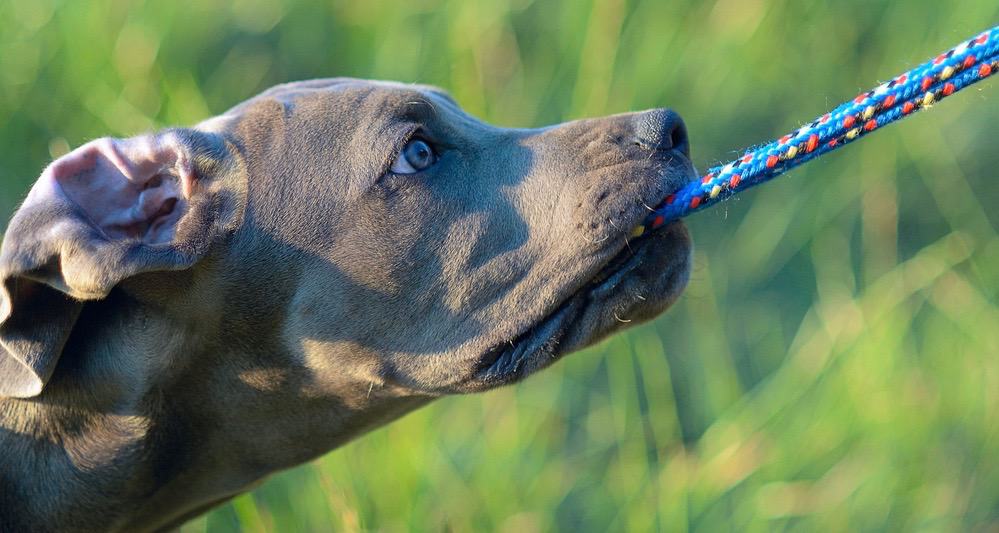
If you own a pregnant Great Dane, you’ll want to inform yourself before she delivers to prepare yourself for the litter!
With this breed, you can expect your Great Dane to deliver around seven to eight puppies.
Knowing this information can help you prepare—emotionally, mentally, and physically for the birth of (possibly your fur-grandbabies) or potential presents for your loved ones.
What If My Great Dane Is Not The Right Weight Or Height
If you’re noticing that your Great Dane is not meeting the height or weight standards on this chart, then it might be time to speak to your dog’s vet!
Although it’s normal for your Great Dane to miss the weight by one or two pounds or inches, if there is a large overweight number or underweight number, then you’ll need to have your dog checked for any underlying issues.
A weight or height problem in their development can also be due to exercise and diet management. Check with your vet about these possibilities to see if you need to be changing anything in their lifestyle.
What Is The Life Expectancy Of A Great Dane?
Due to its extremely large size, the Great Dane can be expected to live from 6-8 years, typically (which is quite short)!
Especially since the Great Dane is large in nature, this breed is going to be prone to getting bloat, hip dysplasia, and even inherited heart diseases, like dilated cardiomyopathy.
How Much Does It Cost To Own A Great Dane?
If you’re into big dogs, you’re going to also be okay with big prices. When it comes to a Great Dane, you can definitely expect to pay the big bucks.
With the initial costs, you can expect to pay adoption or breeder fees, vet care, food (a lot of it!), bed, and toys, among other accessories (depending on how much you want to spend spoiling your dog).
You may also be paying some extra cash for grooming, boarding, and spaying and neutering.
For the first two years with your healthy Great Dane, you’ll most likely be spending anywhere from $3,000–$10,000.






